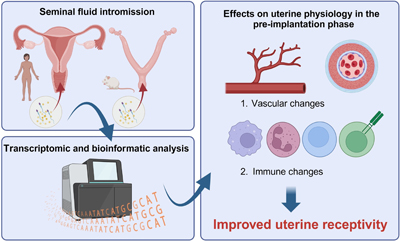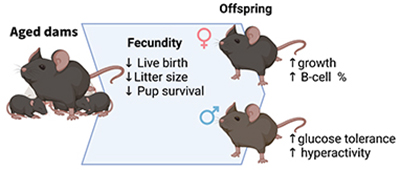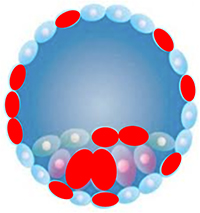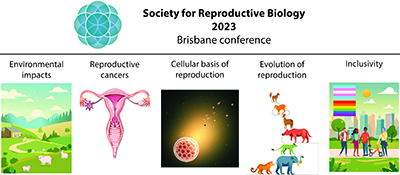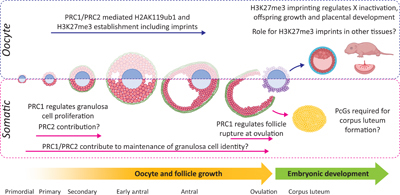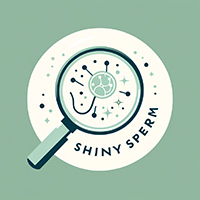Frontiers in Reproduction Science – Rising Stars at the Society for Reproductive Biology 2023
Establishing uterine receptivity to embryo implantation remains a major bottleneck in reproductive success – hence there is a need to better understand the underpinning biological mechanisms. This review summarises and integrates insights gained from gene expression studies that collectively demonstrate seminal fluid drives uterine immune and vascular changes accompanying acquisition of uterine receptivity. Defining the impact of seminal fluid on implantation biology will help us to better understand the determinants of healthy fertility, and develop novel interventions for managing reproduction in humans and animals. Illustration by Hon Y. Chan and Sarah A. Robertson using BioRender.
This article belongs to the collection: Frontiers in Reproduction Science – Rising Stars at the Society for Reproductive Biology 2023.
More couples are delaying childbearing, which unfortunately can negatively influence the health of their child. Using reproductively old mice at 12 months old, we examined the characteristics of the offspring of older mothers at birth, and then followed them to adulthood and measured markers of adult health, namely growth, glucose tolerance, immune function and behaviour. This study provides insights into how maternal age influences the health and development of their offspring. Image by Macarena B. Gonzalez.
This article belongs to the collection: Frontiers in Reproduction Science – Rising Stars at the Society for Reproductive Biology 2023.
In this review, we explore the limitations on current genetic testing methods for embryos used in assisted reproductive technologies. We highlight the need for new solutions to address these clinical and technological challenges. Furthermore, we discuss a promising approach, metabolic imaging, which could potentially meet these clinical needs and improve the current issues faced by genetic testing for embryo selection. Image by Fabrizzio Horta.
This article belongs to the collection: Frontiers in Reproduction Science – Rising Stars at the Society for Reproductive Biology 2023.
This review summarises the major findings from the 2023 Society for Reproductive Biology conference. We discuss topics of environmental impacts on reproduction, reproductive cancers, cellular basis of reproduction, evolution of reproductive mechanisms, and inclusivity in reproductive health. Image generated in Adobe Illustrator using AI.
This article belongs to the collection: Frontiers in Reproduction Science – Rising Stars at the Society for Reproductive Biology 2023.
Epigenetic information is an additional layer of information on top of our genes that influences which genes are active in a given cell type. This information is critically important, but we do not fully understand how it is regulated in the ovary or eggs that give rise to the next generation. This review summarises recent discoveries exploring how epigenetic information is regulated in the ovary. Diagram by Ellen G. Jarred.
This article belongs to the collection: Frontiers in Reproduction Science – Rising Stars at the Society for Reproductive Biology 2023.
Understanding complex biological data is crucial for advancements in reproductive biology. Our study developed ShinySperm, a web application that allows researchers to easily explore, interrogate, and visualise intricate sperm proteomic data. This tool sets out a blueprint for future research, enabling researchers to bring their intricate datasets to life, allowing others to interact with and interpret more effectively, ultimately driving innovation in reproductive biology. Image by David Skerrett-Byrne.
This article belongs to the Collection Frontiers in Reproduction Science – Rising Stars at the Society for Reproductive Biology 2023.



